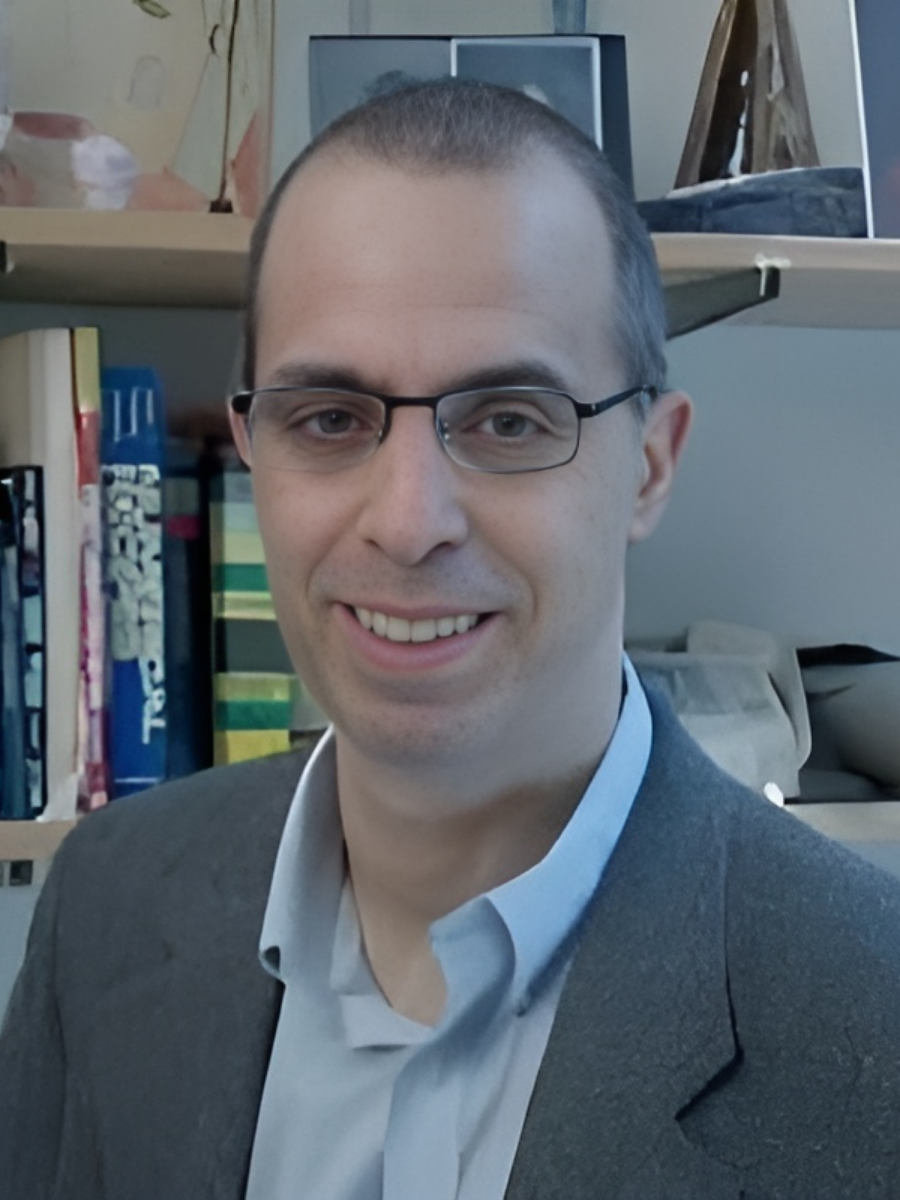- Vibrational end electronic relaxation. The pathways of intramolecular energy redistribution within molecules and intermolecular energy transfer between molecules, which dictate chemical reactivity, are governed by the rates of these processes. The pronounced quantum nature of these processes is attributed to the large gap between vibrational and electronic energy levels.
- Proton and electron transfer reactions. The elementary steps of many complex chemical processes are based on such reactions. Their pronounced quantum nature is attributed to the light mass of protons and electrons, which often give rise to quantum tunneling and zero-point energy effects.
- Nonadiabatic dynamics. Such dynamics underlie photochemistry and nonlinear spectroscopy is quantum in nature since it involves simultaneous motion on several potential surfaces that correspond to different electronic or vibrational states.
The challenge involved in simulating the quantum molecular dynamics of such systems has to do with the fact that the computational effort involved in solving the time-dependent Schrodinger equation is exponentially larger than that involved in Newton’s equations. As a result, a numerically exact solution of the Schrondinger equation is not feasible for a system that consists of more than a few atoms. The main research thrust of the Geva group is aimed at developing rigorous and accurate mixed quantum-classical, quasi-classical and semiclassical methods that would make it possible to simulate equilibrium and nonequilibrium quantum dynamics of systems that consist of hundreds of atoms and molecules. We put emphasis on applications to experimentally-relevant disordered complex condensed phase systems such as molecular liquids, which serve as hosts for many important chemical processes. We also specialize in modeling and analyzing different types of time resolved electronic and vibrational spectra that are used to probe molecular dynamics in those systems, often in collaboration with experimental groups.

